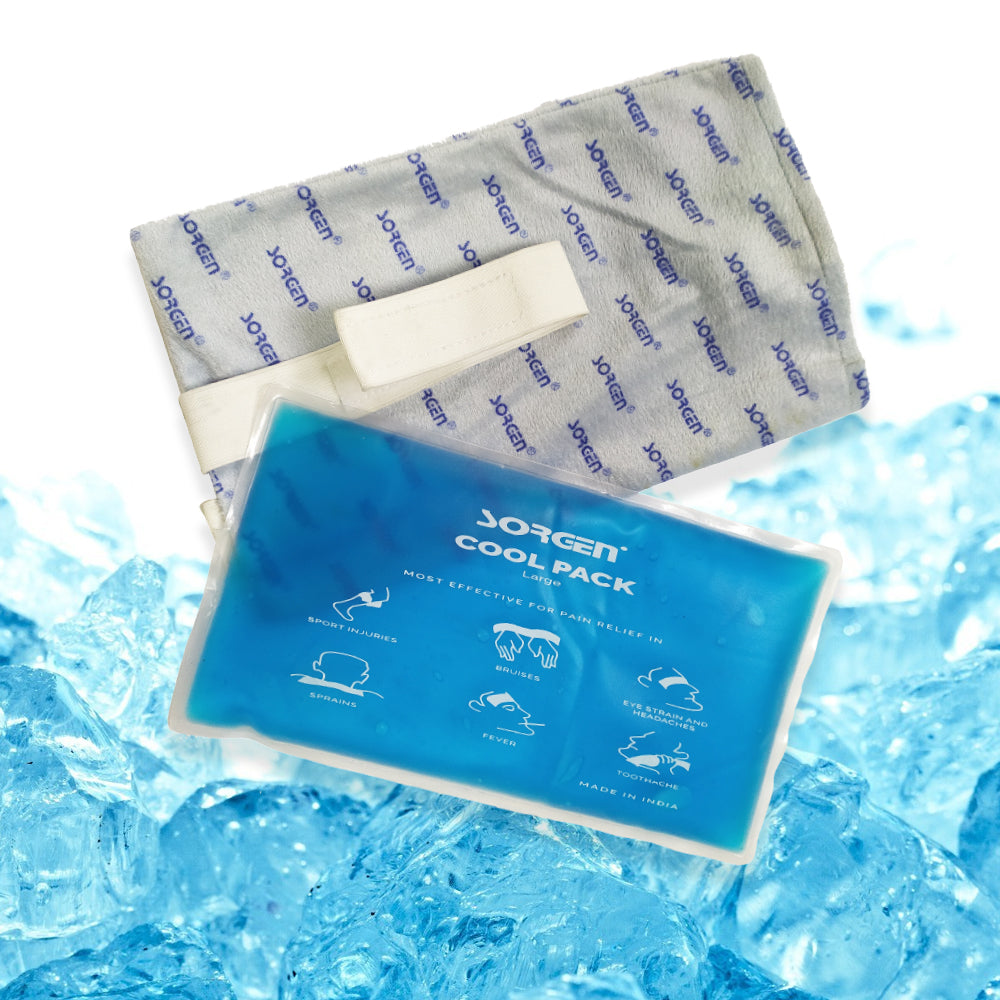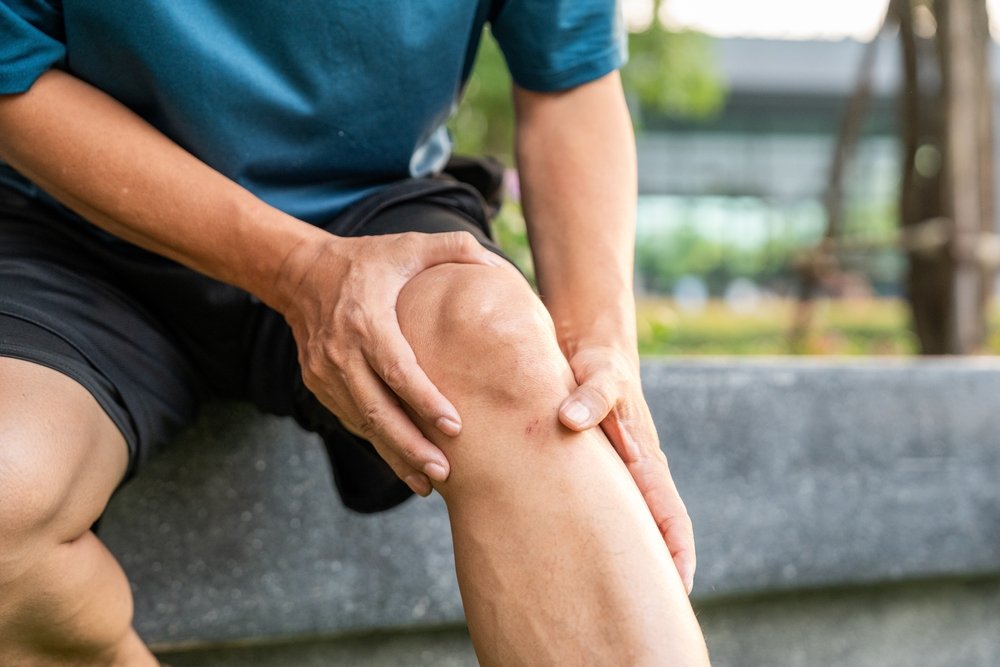What are Cold Packs? How do They Work?
Cold packs or gel ice packs are a popular method of treating injury and reducing inflammation. However, what are cold packs? How do they work? In addition, when is it appropriate to use them? In this post, we will answer all of your questions about cold packs. We will also provide some tips for using them safely and effectively. Stay tuned!
What are cold packs, and what are they used for?
Cool pack gels or bags are medical devices that reduce swelling and pain in various body parts. They work by lowering the affected area's temperature, which helps minimize inflammation and restrict blood flow. Cool packs are typically made from a gel-like material that easily conforms to the skin, providing targeted cold therapy for injured or inflamed muscles and joints. In addition, cold packs can also be used to treat muscle spasms, sprains, strains, bumps, bruises, sore throats, migraines, and other common injuries or conditions. Whether applied as a compression wrap or placed directly on the skin in a pack or bag form, cold gel packs can be an effective treatment option for managing many types of pain and discomfort.
How do Ice Packs Work on Injuries
Ice packs are commonly used to treat acute injuries, such as sprains, strains, and bruises. They work by reducing blood flow to the affected area. Additionally, the cold temperature of the ice pack can help to numb the nerves, which can alleviate pain and discomfort.
How do ice packs work to reduce swelling and inflammation?
While the exact mechanism for how cold packs work is not fully understood, evidence suggests that exposing the injured area to cold temperatures slows down blood flow and constricts local blood vessels. This reduces the flow of nutrients to damaged cells in the area, preventing excess swelling. Additionally, studies have shown that exposure to cold temperatures can reduce pain signals from reaching the brain, helping alleviate discomfort and speed up recovery. Ultimately, cold packs may not treat injuries at their root causes. Still, they can be essential in supporting faster healing and reducing symptoms during times of need.
Are there any risks or side effects associated with cold packs?
Many people use cold packs to help manage their symptoms when dealing with pain and injuries. Complex packages are typically considered a safe and effective way to relieve swelling and inflammation temporarily. However, this type of treatment may have some risks or side effects. For example, cold packs can sometimes contribute to dizziness or nausea, mainly if applied for too long or at too high a temperature. Additionally, some individuals may be allergic to the materials in these packs, resulting in symptoms such as rashes or hives.
Furthermore, using cold packs over an extended period can interfere with the body's natural healing process by impairing circulation and preventing blood flow to the injured area. While these risks should be taken into consideration, it is essential to remember that in most cases, cold packs can offer safe and effective relief without any significant side effects. In other words, when used properly, they can be a valuable tool for managing pain and promoting healing.
What are some tips for using cold packs safely and effectively to treat injuries or medical conditions?
When seeking treatment for injuries or medical conditions, it is essential to use cold packs safely and effectively. Some basic tips to keep in mind include:
- Always start by checking the pack's temperature, ensuring that it is not too cold or too hot. For best results, try a slightly cool pack if possible.
- Always apply the ice pack with clean hands and avoid resting it directly on your skin to prevent irritation or burns. A thin cloth, towel, or piece of paper can help protect your skin from exposure to excess coldness.
- When using an ice pack for an extended period, re-wrap it regularly to prevent excessive melting and refreezing, reducing its effectiveness over time. Additionally, try rotating the position of the pack every few minutes to avoid repetitive pressure on any one area of your body.
- Finally, keep in mind that while it may sometimes be tempting to fall asleep with a cold pack still on your body or leave it out overnight when you go to bed, if used excessively, this can actually cause damage and frostbite, so permanently remove it when no longer needed and give yourself a brief rest before continuing with other activities as usual afterward. With these simple tips in mind, you can use cold packs safely and effectively for faster relief from pain and discomfort caused by injuries or medical conditions.
Thank you for reading!


